Unmanned vehicles for beginners
Pro unmanned cars constantly flash news, but what really happens in this area? How do unmanned cars drive? Who makes them? Why do they still not go en masse through the streets? Let's try to sort everything out.
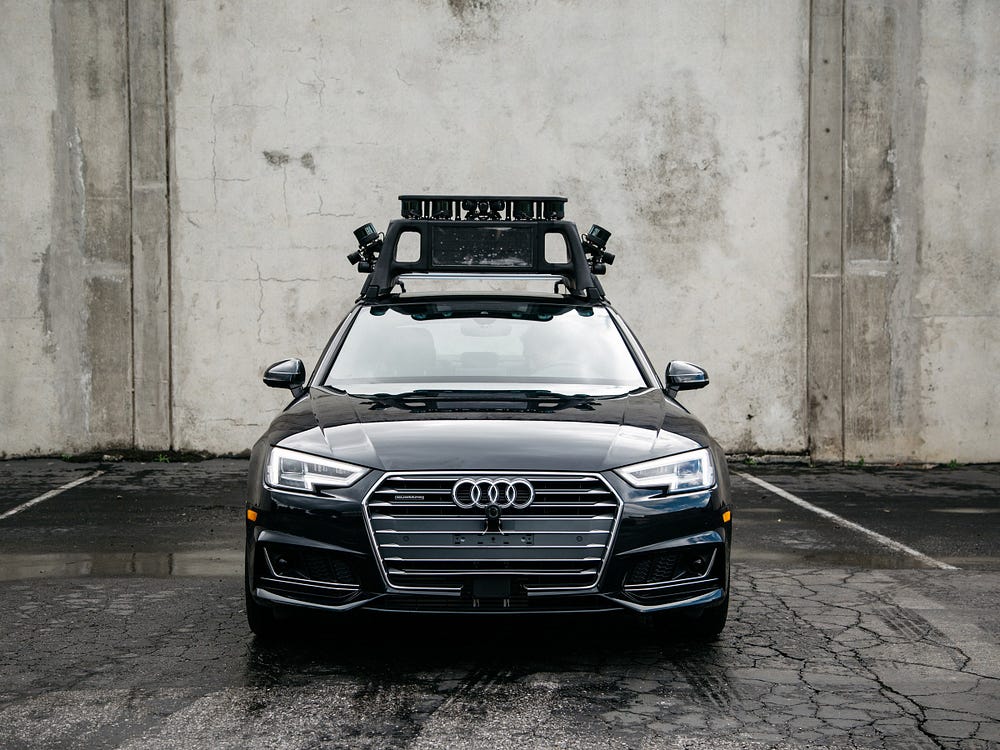
Early version of Lyft drone
This is a car equipped with an automatic control system that can move from point A to point B without human intervention.
To arrive at a destination, an unmanned vehicle must know the route, understand its surroundings, observe traffic rules, and interact correctly with pedestrians and other road users. To meet these requirements, the drone uses the following technologies:
')
An organization called SAE International has done a good deed and has standardized 5 levels of autonomy, which all players in the market adhere to:
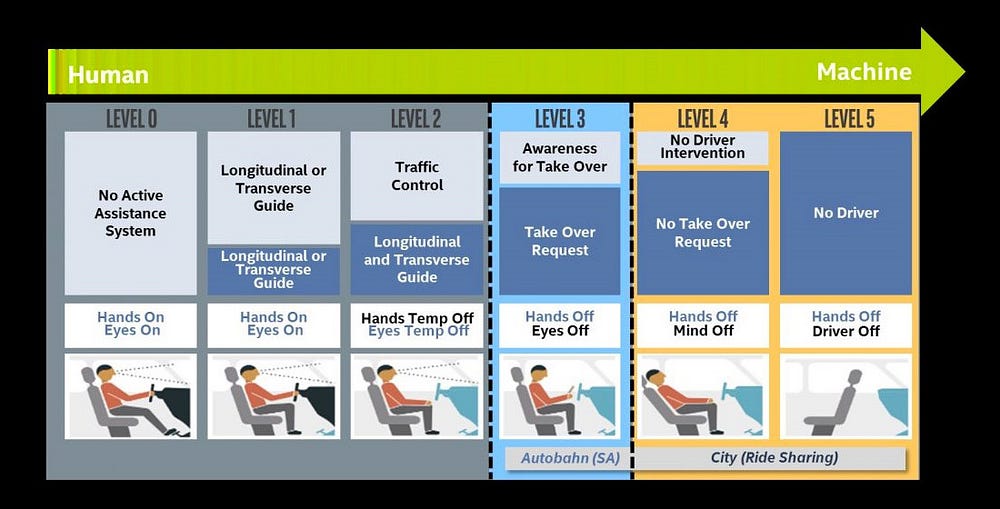
Autonomy levels from 0 to 5
Most automakers realized that the future was in unmanned vehicles and rushed to open new departments and buy startups. In addition to automakers, not only many startups participate in the race, but also IT giants like Google, Yandex and Apple. Here are the most basic.
Being one of the leading automakers, GM spent a lot of money to stay in the lead for unmanned cars. In 2016, I acquired a startup Cruise Automation, which was developing a drone, for more than $ 1 billion . Cruise poured a total of $ 2.25 billion in investment from SoftBank and $ 1.1 billion from GM in 2018. To further dominate the market for autonomy, GM also acquired a lidar manufacturer. GM is testing its UAVs in San Francisco with expansion plans for New York. The first commercial trips of UAVs are scheduled for 2019.
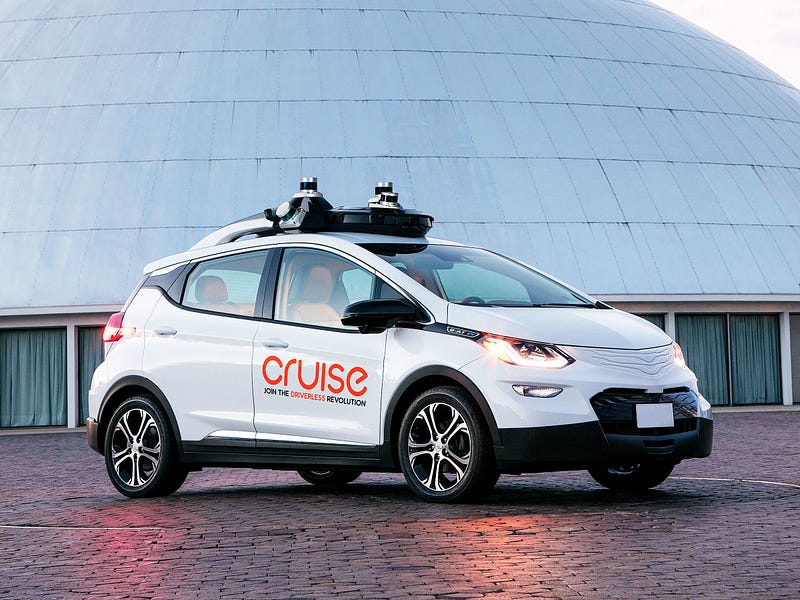
The oldest startup was founded in 2009. At the moment, is considered the most perfect unmanned vehicle. Estimated at $ 175 billion (!), Waymo has already traveled a total of 10 million miles by Chrysler, Honda and Jaguar cars. More recently, Waymo announced his plans to buy another 62,000 Fiat Chrysler for the future of a paid unmanned taxi.
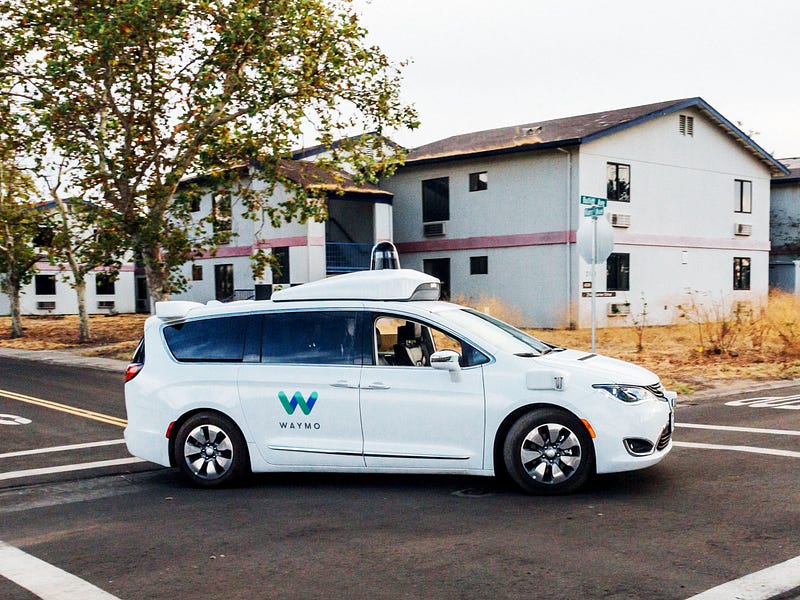
After a very serious lawsuit from Waymo, things at Uber were a bit shaky. Then they shook after the accident as a result of which a man died. However, Uber did not give up, and together with partners like Volvo and Daimler raised $ 500 million of investments from Toyota. Temporarily, Uber drones do not drive independently, but are driven by drivers, simultaneously digitizing cities into HD maps. Probably in the future, Uber will integrate unmanned vehicles into its taxi service.
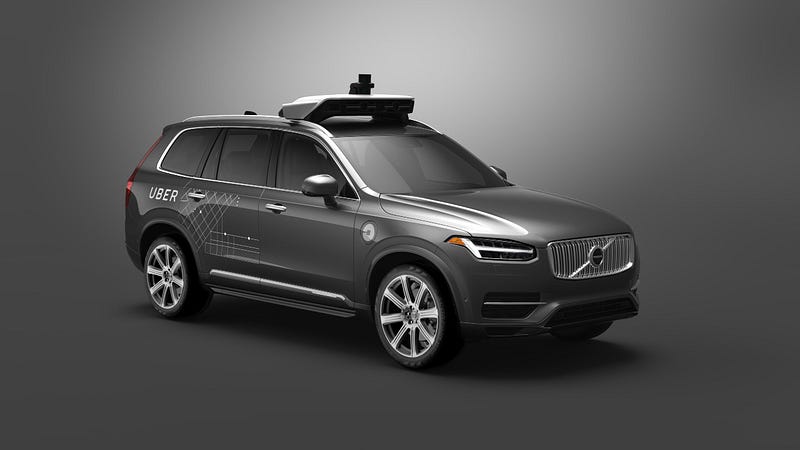
Compared to the aggressive expansion and marketing of Uber, the Lyft approach is more focused. Lyft started with Aptiv, who was once on the verge of bankruptcy. Together, they made more than 5,000 paid trips on UAVs (with only 20 cars) in Las Vegas. When ordering a taxi Lyft, the passenger can choose unmanned taxi.
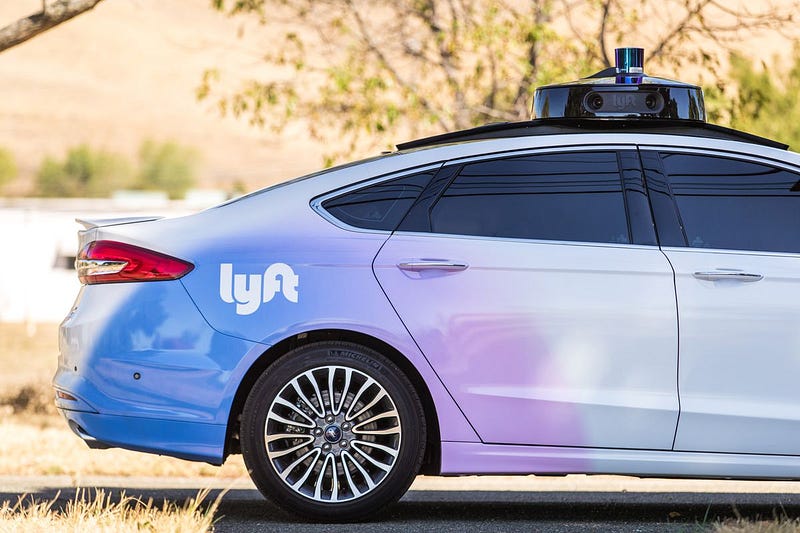
Tesla has a completely different look at the unmanned future. Ilon Mask believes that the drone can work only on the same cameras (after all, a person drives a car with just a pair of eyes), without lidars. Despite the fact that Tesla cars have autopilot functions, they are still treading on the 3rd level of autonomy, and there are enough accidents due to autopilot too.
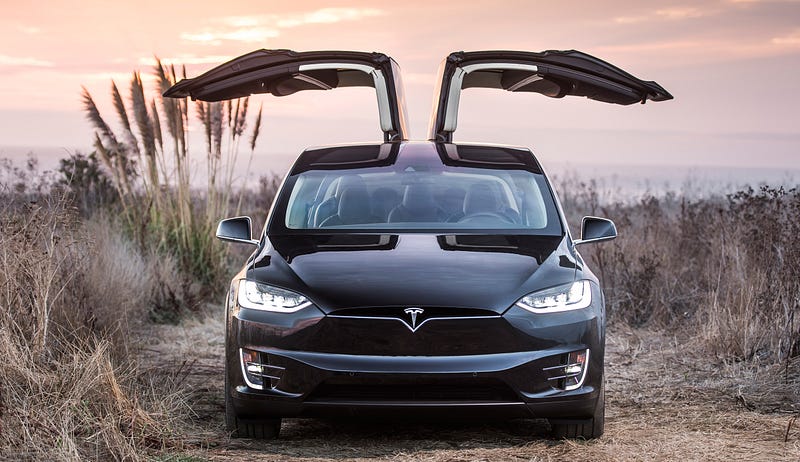
Baidu has been shaking the local Chinese drones boat since 2014. In 2017, Apollo announced, an open-source (open) platform for unmanned vehicles. Baidu aimed at mass production of unmanned vehicles from 2019 to 2020, but its chances were shaken after a number of AI specialists left the company (including Lu Qi).

Waymo was founded in the 2009th and only now they are more or less ready for commercial trips (and even then in sunny California). That is, after almost 10 years. Why so long? Although the unmanned technology race has accelerated over the past 5 years, all companies have common problems:
Lidar is essentially a laser machine that constantly rotates and “shoots” a 360-degree laser, producing the distance to each point that it was possible to measure. Here is a video for better visibility:
Unfortunately, the lidar costs a lot of money (from 500 000 rub for 1 piece), and you need a lot of them in an unmanned car (2-5 pieces). It is also impossible to get rid of it, because only the radar and cameras will not be enough to clearly navigate the terrain.
Various companies are working to reduce the cost of lidar and release a new, cheap solid-state lidar (without rotating elements), but such products are still in development.
As mentioned above, AI is the heart of the car. AI determines objects from cameras, trying to guess who it is (dog, person, car, road sign, etc.), how pedestrians and other cars will behave. In order for such artificial intelligence to work, engineers “feed” him huge amounts of data so that special algorithms can learn from this data. The more quality input data, the better the algorithms will work.
Although the algorithms have gone far, they are still as stupid as a 2-year-old child. A vivid example is the incident with the Uber drone (because of which a person died), the algorithm could not recognize the person on the road (in other matters, as the driver did not have time to notice). But besides a person, one must also “see” many other objects — every car, traffic sign, traffic light, be able to identify lanes and many other things.
Let's be honest, almost no unmanned car can ride normally in conditions of snowfall or heavy rain. The exception is MIT University. The guys learned to navigate the casts of the road under the machine.
Simple maps and simple GPS accuracy (3–10 meters error) are not suitable for UAVs; a car needs to understand where it is with centimeter accuracy. Despite the fact that the drone has a bunch of sensors, you need to have accurate information about the surrounding terrain (geometry of the road markings, the boundaries of the road, the nearest road signs, etc.). All this information is in the so-called HD-cards.

One of the cars Google Street View
In order to keep cartography up to date, special cartographic cars (special cars with cameras and lidars) must drive through the streets and “digitize” them. Thus, with the advent of the unmanned car race, the cartographic race began among such companies as Here, TomTom, DeepMap, lvl5, Carmera, Google and others. In the 21st century, data is new gold.
Unmanned vehicles require new road infrastructure. And not just an infrastructure, but a smart infrastructure in which cars could communicate not only with the infrastructure itself (signs, traffic lights, etc.), but also with other cars . Here are some basic terms:
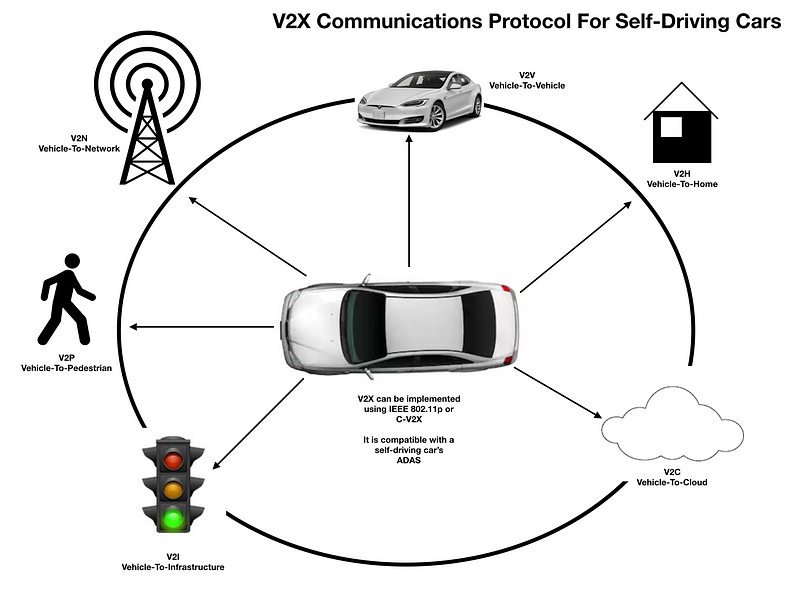
For example, a car travels along a highway, and a road sign 300m ahead tells itself “I’m a sign like this, I’m there”. The unmanned vehicle will be able to understand in advance what is ahead and plan its actions in accordance with this information.
People still don’t really trust unmanned vehicles. According to a Reuters and Ipsos study, only 38% of men and 17% of women said that they would feel comfortable in an unmanned vehicle. In general, it is not surprising, the technology of unmanned vehicles is quite young, people did not have time to get used to it. Automakers and startups have yet to win the trust of people.
We are witnessing how unmanned vehicles slowly appear on our roads. It is unlikely that in the next 5 years we will see them as a mass phenomenon: neither the algorithms nor the infrastructure has yet grown. However, with the advent of V2V / V2I, special zones of unmanned vehicles may appear, where you can call the usual Uber / Yandex and drive to a drone in half an hour.

Early version of Lyft drone
What is an unmanned vehicle
This is a car equipped with an automatic control system that can move from point A to point B without human intervention.
How do unmanned vehicles work
To arrive at a destination, an unmanned vehicle must know the route, understand its surroundings, observe traffic rules, and interact correctly with pedestrians and other road users. To meet these requirements, the drone uses the following technologies:
')
- Cameras : visual detection of objects, such as road markings and signs
- Radar : identifying obstacles and objects in front and behind, and determining the distance to them
- Lidar : similar to radar, but much clearer and allows you to detect objects around the car (full 360 degree view)
- AI (artificial intelligence) : machine brains. It processes data from cameras and sensors, drives a car and makes decisions.
Autonomy levels
An organization called SAE International has done a good deed and has standardized 5 levels of autonomy, which all players in the market adhere to:
- Level 0 - No Automation : The driver must control everything - the steering wheel, brake and gas. Normal car.
- Level 1 - Driver Assistance : Car helps to brake or accelerate. Cars with cruise control are about level 1.
- Level 2 - Partial Automation : A car can simultaneously control acceleration and deceleration, but a person must monitor the situation and be ready to take control. The most striking example of level 2 is Tesla.
- Level 3 - Conditional Automation : A car can fully control the movement, but at some point it can be asked to take control. Rumor has it that the 2018 Audi A8 is able to do all this, but so far there is not a single review.
- Level 4 - High Automation : Able at all that can level 3, but also can cope with more complex road situations. In general, you can let go of the steering wheel and do nothing, but if the car is unable to make a decision, it will notify you about it and will gently park on the side of the road. About the fourth level say companies such as Waymo or Aptiv
- Level 5 - Full Automation : Full autonomy, human participation is not required. The car itself makes a decision in any situation, the steering wheel may be missing.

Autonomy levels from 0 to 5
Key market players
Most automakers realized that the future was in unmanned vehicles and rushed to open new departments and buy startups. In addition to automakers, not only many startups participate in the race, but also IT giants like Google, Yandex and Apple. Here are the most basic.
General motors
Being one of the leading automakers, GM spent a lot of money to stay in the lead for unmanned cars. In 2016, I acquired a startup Cruise Automation, which was developing a drone, for more than $ 1 billion . Cruise poured a total of $ 2.25 billion in investment from SoftBank and $ 1.1 billion from GM in 2018. To further dominate the market for autonomy, GM also acquired a lidar manufacturer. GM is testing its UAVs in San Francisco with expansion plans for New York. The first commercial trips of UAVs are scheduled for 2019.

Waymo (technology leader)
The oldest startup was founded in 2009. At the moment, is considered the most perfect unmanned vehicle. Estimated at $ 175 billion (!), Waymo has already traveled a total of 10 million miles by Chrysler, Honda and Jaguar cars. More recently, Waymo announced his plans to buy another 62,000 Fiat Chrysler for the future of a paid unmanned taxi.

Uber
After a very serious lawsuit from Waymo, things at Uber were a bit shaky. Then they shook after the accident as a result of which a man died. However, Uber did not give up, and together with partners like Volvo and Daimler raised $ 500 million of investments from Toyota. Temporarily, Uber drones do not drive independently, but are driven by drivers, simultaneously digitizing cities into HD maps. Probably in the future, Uber will integrate unmanned vehicles into its taxi service.

Lyft (taxi service, Uber competitor)
Compared to the aggressive expansion and marketing of Uber, the Lyft approach is more focused. Lyft started with Aptiv, who was once on the verge of bankruptcy. Together, they made more than 5,000 paid trips on UAVs (with only 20 cars) in Las Vegas. When ordering a taxi Lyft, the passenger can choose unmanned taxi.

Tesla
Tesla has a completely different look at the unmanned future. Ilon Mask believes that the drone can work only on the same cameras (after all, a person drives a car with just a pair of eyes), without lidars. Despite the fact that Tesla cars have autopilot functions, they are still treading on the 3rd level of autonomy, and there are enough accidents due to autopilot too.

Baidu
Baidu has been shaking the local Chinese drones boat since 2014. In 2017, Apollo announced, an open-source (open) platform for unmanned vehicles. Baidu aimed at mass production of unmanned vehicles from 2019 to 2020, but its chances were shaken after a number of AI specialists left the company (including Lu Qi).

Why so long?
Waymo was founded in the 2009th and only now they are more or less ready for commercial trips (and even then in sunny California). That is, after almost 10 years. Why so long? Although the unmanned technology race has accelerated over the past 5 years, all companies have common problems:
Lidar
Lidar is essentially a laser machine that constantly rotates and “shoots” a 360-degree laser, producing the distance to each point that it was possible to measure. Here is a video for better visibility:
Unfortunately, the lidar costs a lot of money (from 500 000 rub for 1 piece), and you need a lot of them in an unmanned car (2-5 pieces). It is also impossible to get rid of it, because only the radar and cameras will not be enough to clearly navigate the terrain.
Various companies are working to reduce the cost of lidar and release a new, cheap solid-state lidar (without rotating elements), but such products are still in development.
AI (artificial intelligence)
As mentioned above, AI is the heart of the car. AI determines objects from cameras, trying to guess who it is (dog, person, car, road sign, etc.), how pedestrians and other cars will behave. In order for such artificial intelligence to work, engineers “feed” him huge amounts of data so that special algorithms can learn from this data. The more quality input data, the better the algorithms will work.
Although the algorithms have gone far, they are still as stupid as a 2-year-old child. A vivid example is the incident with the Uber drone (because of which a person died), the algorithm could not recognize the person on the road (in other matters, as the driver did not have time to notice). But besides a person, one must also “see” many other objects — every car, traffic sign, traffic light, be able to identify lanes and many other things.
Weather
Let's be honest, almost no unmanned car can ride normally in conditions of snowfall or heavy rain. The exception is MIT University. The guys learned to navigate the casts of the road under the machine.
Cartography
Simple maps and simple GPS accuracy (3–10 meters error) are not suitable for UAVs; a car needs to understand where it is with centimeter accuracy. Despite the fact that the drone has a bunch of sensors, you need to have accurate information about the surrounding terrain (geometry of the road markings, the boundaries of the road, the nearest road signs, etc.). All this information is in the so-called HD-cards.

One of the cars Google Street View
In order to keep cartography up to date, special cartographic cars (special cars with cameras and lidars) must drive through the streets and “digitize” them. Thus, with the advent of the unmanned car race, the cartographic race began among such companies as Here, TomTom, DeepMap, lvl5, Carmera, Google and others. In the 21st century, data is new gold.
Infrastructure
Unmanned vehicles require new road infrastructure. And not just an infrastructure, but a smart infrastructure in which cars could communicate not only with the infrastructure itself (signs, traffic lights, etc.), but also with other cars . Here are some basic terms:
- V2V (vehicle-to-vehicle) - cars exchange information directly with each other
- V2I (vehicle-to-infrastructure) - cars exchange information with road infrastructure
- V2P (vehicle-to-pedestrian) - cars exchange information with pedestrians (for example, a car sees a pedestrian’s smartphone and understands that there is a person here)

For example, a car travels along a highway, and a road sign 300m ahead tells itself “I’m a sign like this, I’m there”. The unmanned vehicle will be able to understand in advance what is ahead and plan its actions in accordance with this information.
Human trust
People still don’t really trust unmanned vehicles. According to a Reuters and Ipsos study, only 38% of men and 17% of women said that they would feel comfortable in an unmanned vehicle. In general, it is not surprising, the technology of unmanned vehicles is quite young, people did not have time to get used to it. Automakers and startups have yet to win the trust of people.
What's next?
We are witnessing how unmanned vehicles slowly appear on our roads. It is unlikely that in the next 5 years we will see them as a mass phenomenon: neither the algorithms nor the infrastructure has yet grown. However, with the advent of V2V / V2I, special zones of unmanned vehicles may appear, where you can call the usual Uber / Yandex and drive to a drone in half an hour.
Source: https://habr.com/ru/post/431758/
All Articles